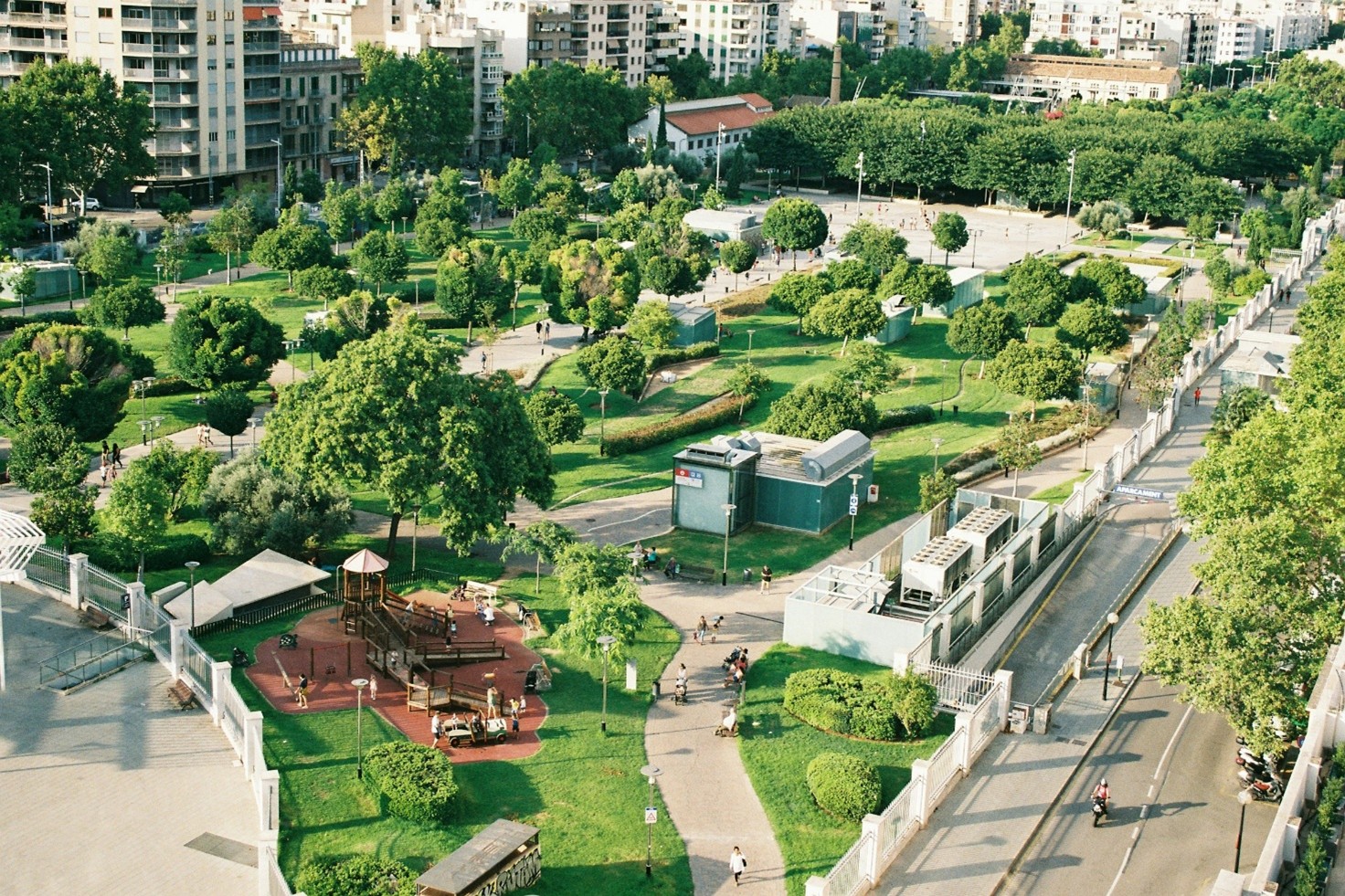

As part of the UP2030 project, Adelphi, and GreenAdapt have collaboratively developed urban typologies to enhance cooperation and drive climate action among cities. These typologies provide a structured approach to tackling climate change by grouping cities and regions with similar characteristics.
Urban Patterns: Unlocking Collaboration Potentials Through Urban Typologies
As human activity becomes increasingly concentrated in cities, socio-ecological transformation at the urban level will be crucial to tackling climate change. The high concentration of population and infrastructure means that cities are not only hotspots of greenhouse gas emissions but also highly vulnerable to the risks associated with climate change. At the same time, urban planning presents a unique opportunity to drive effective climate mitigation and adaptation.
The window for meaningful climate action is rapidly closing. To avoid the worst impacts of climate change, cities must transform at an unprecedented pace. However, developing individual solutions for each city from scratch is inefficient and time-consuming, especially when comprehensive adaptation plans are not always available. Instead, fostering cooperation in urban planning can accelerate progress. By learning from each other, cities can implement proven policies, scale up successful interventions, and avoid costly trial-and-error approaches.
One way to encourage cooperation is by identifying cities with similar characteristics relevant to mitigation and adaptation. The premise is simple: similar cities face similar challenges and can benefit from similar solutions. Grouping cities based on key commonalities allows them to exchange strategies, align policies, and scale up climate action more efficiently.
Breaking Down Complexity: Four Urban Typologies
Mitigation and adaptation are complex challenges. Cities vary in their exposure to climate hazards, socio-economic conditions, governance structures, urban infrastructure, and decarbonisation potential. Addressing all these factors simultaneously would be overwhelming. To bring clarity and focus, Adelphi and GreenAdapt have divided the challenge into four distinct typologies, each tackling a crucial aspect of climate action.
- Pathways to Net-Zero: This typology groups cities based on their sectoral emissions and renewable energy potential, helping them align their decarbonization strategies.
- Capacity for Action: Recognizing that socio-economic factors and governance structures shape a city’s ability to act, this typology enables cities with similar governance challenges to support each other.
- Urban Morphology: By examining the built environment and infrastructure, this typology allows cities to tailor sustainable solutions to their urban form—whether dense and compact or sprawling and dispersed.
- Climate Hazards: Clustering cities based on their exposure to climate hazards helps them build resilience together and share best practices.
The map below illustrates the results of the ‘Urban Morphology’ typology, aggregated at the NUTS-3 level, which takes into account seven indicators: projected changes in urban population between 2020 and 2030, urban population density in 2020, the proportion of industrial and commercial areas, proportion of high-sloped areas, the proportion of green areas, average soil imperviousness, and local climate zones. Regions depicted in the same color exhibit similar characteristics based on these indicators.

Figure 1: Map showing the results of the typology ‘Urban Morphology’ (at NUTS-3 level) for EU27 countries and UP2030 pilot cities.
From Complexity to Action
Urban typologies offer a structured approach to transforming complexity into actionable insights. They not only facilitate cooperation among cities and regions facing similar challenges but also help identify the unique challenges and opportunities within each cluster. Moreover, these typologies aid in pinpointing the UP2030 tools and methodologies best suited to each cluster, thereby accelerating their adoption.


